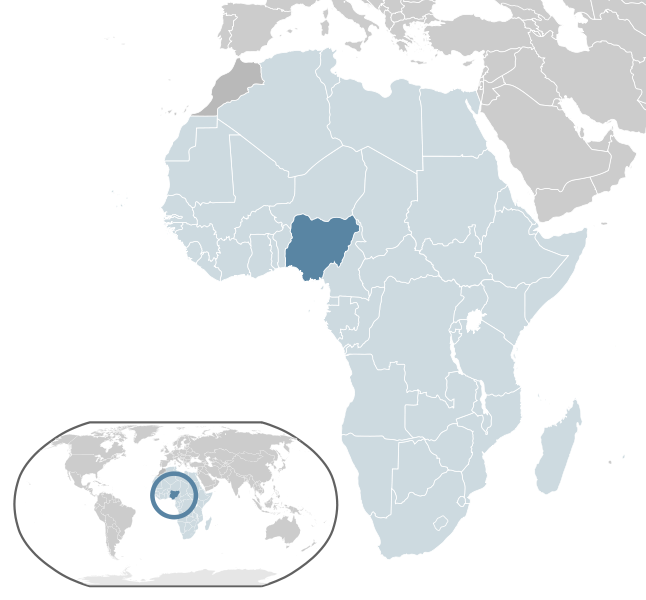During the week ending Feb. 11, the Nigeria Centre for Disease Control (NCDC), Nigeria Federal Ministry of Health reported the first case of Lassa fever in Kaduna State in the ongoing National Lassa fever outbreak.

More recently, Nigerian media report a confirmed Lassa fever death in a 22-year old woman from Calabar, the capital of Cross River State on Feb. 22.
The Lassa fever outbreak is currently active in 11 States across Nigeria; Ogun, Bauchi, Cross River, Plateau, Ebonyi, Ondo, Edo, Kaduna, Taraba, Nasarawa and Rivers.
Since the onset of the outbreak in December 2016, 215 suspected cases have been reported. Of these, 63 cases have been classified as confirmed and five (5) cases classified as probable cases, according to the NCDC as of Feb. 11.
There have been 37 deaths recorded (32 in confirmed cases and 5 in probable cases). The case fatality rate for all cases is 22.8% and for all confirmed/probable cases is 54.4%.
Nigeria records an annual increase in Lassa fever cases in the in the dry season.

C. S. Goldsmith, P. Rollin, M. Bowen
Lassa fever is an acute viral hemorrhagic illness caused by Lassa virus, a member of the arenavirus family of viruses. It is transmitted to humans from contacts with food or household items contaminated with rodent excreta. The disease is endemic in the rodent population in parts of West Africa.
Person-to-person infections and laboratory transmission can also occur, particularly in the hospital environment in the absence of adequate infection control measures. Diagnosis and prompt treatment are essential.
The symptoms of Lassa fever typically occur 1-3 weeks after the patient comes into contact with the virus. These include fever, retrosternal pain (pain behind the chest wall), sore throat, back pain, cough, abdominal pain, vomiting, diarrhea, conjunctivitis, facial swelling, proteinuria (protein in the urine), and mucosal bleeding. Neurological problems have also been described, including hearing loss, tremors, and encephalitis.
The Lassa virus and was 1st described in 1969 in the town of Lassa, in Borno State, Nigeria.
Related:


2 thoughts on “Lassa fever in Nigeria: Latest news and data”